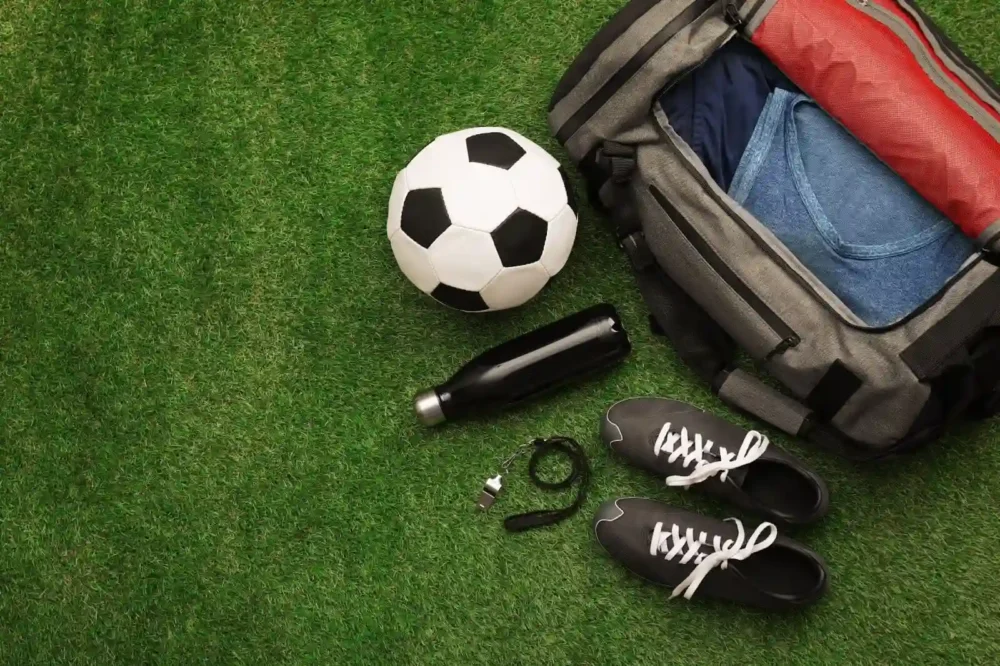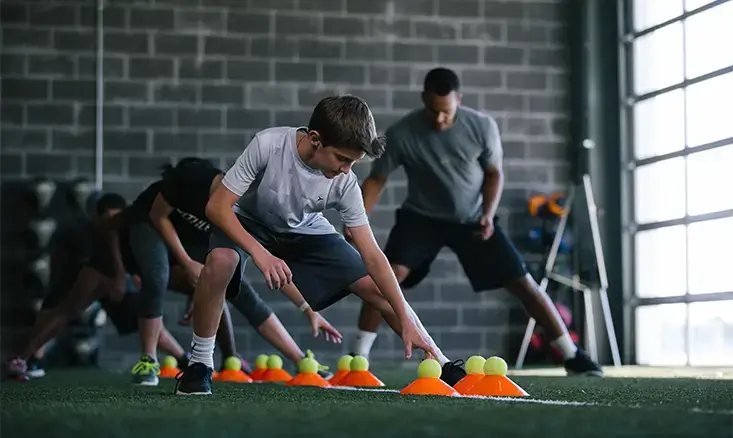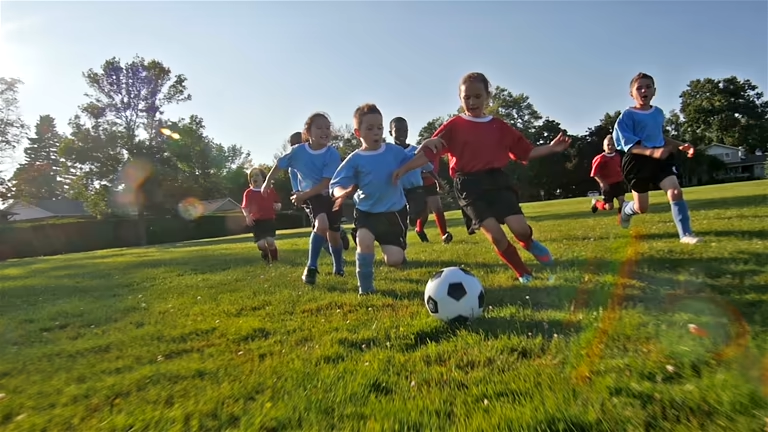Packing for soccer summer camp can feel like a challenge. The excitement is real, you’re getting ready for days filled with practice, games, and new friends, but the stress of forgetting something always creeps in. I’ve walked into camp only to realize my shin guards were sitting at home. Trust me, it’s not fun borrowing ill-fitting gear from someone else or trying to improvise.
A good packing list saves you from all that. It makes sure you’re ready for long training sessions, sudden weather changes, and everything else that comes with camp life. Whether it’s your child’s first camp or they’ve been going for years, having everything set up from the start makes the whole week smoother.
This guide covers all the essentials and the nice extras that can turn a camp stay from “good” into “great.”
Let’s break it down step by step.
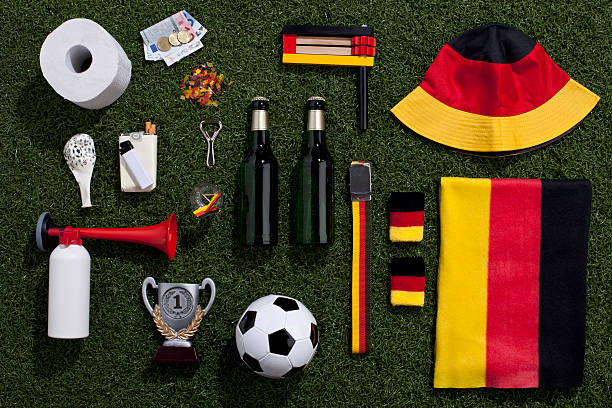
Essential Soccer Gear
The backbone of camp packing is always the soccer gear. Without it, there’s no game. Camps usually provide a suggested list, but I’ve learned the hard way that it’s worth double-checking and sometimes going beyond the basics.
Cleats and Indoor Shoes
Outdoor sessions demand cleats. They dig into the grass or turf and give you the grip you need to sprint, cut, and stop on a dime. A pair of well-fitted cleats also protects your ankles from slipping injuries.
Breaking them in before camp is non-negotiable. Fresh out-of-the-box cleats are blister machines. Wear them in training at least a week or two before camp starts so your feet can adjust.
Alongside cleats, I always bring tennis shoes or indoor soccer shoes. Indoor drills, futsal sessions, or rainy days in the gym call for flat, non-marking soles. These also double up as casual shoes for off-field activities.
Shin Guards and Safety Gear
If there’s one thing every camp coach insists on, it’s shin guards. They’re small, light, and essential. A good pair covers the front of your leg from just above the ankle to right below the knee.
Younger players sometimes need shin guards with extra ankle padding. They slip under long soccer socks and stay put throughout practice.
Goalkeepers have their own extras: gloves. Fingers take a beating from repeated saves, and padded gloves save you from sprains and bruises. Even if you’re not a full-time keeper, pack gloves if you think you’ll rotate into goal.
Soccer Ball and Personal Gear
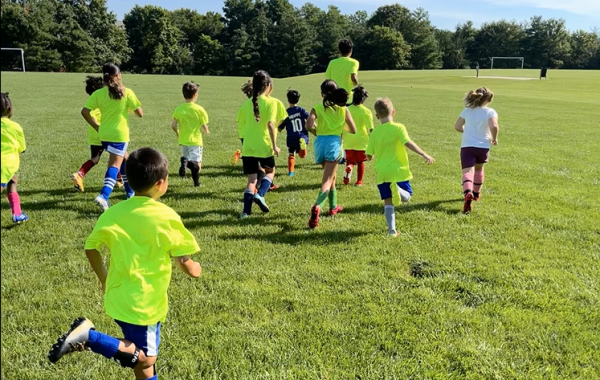
Not every camp requires players to bring a ball, but if yours does, make sure it’s the correct size. Size 3 is for kids under 8, size 4 works for ages 8–12, and size 5 is the standard for teenagers and adults. Mark your ball with your name and maybe a phone number. Balls roll off, and mixing them up is easy.
Personal gear that never leaves my bag includes:
- A durable water bottle (labeled).
- A quick-dry towel for wiping off sweat or mud.
- Sunscreen.
- A small sweatband or headband if I know it’ll be hot.
These little things seem minor but add up to a smoother day.
CHECK OUT | Europe’s 10 Best Soccer Camps for Youth Players in 2025
Clothing for Camp
The right clothes matter as much as cleats and shin guards. Soccer camp means multiple practices a day, often in unpredictable weather. Having enough fresh, breathable clothing keeps energy up and irritation down.
Daily Soccer Apparel
Plan for at least two full sets of gear per day. That sounds like a lot, but once you’ve gone through a morning session in humid heat, you’ll be glad for a dry change.
Here’s a basic breakdown:
- 2–3 moisture-wicking shirts per day
- 2 pairs of soccer shorts per day
- Several pairs of long soccer socks
- Shin guards
- Cleats and tennis shoes
Synthetic fabrics like polyester or blends are best. They dry quickly, resist sticking, and handle sweat better than cotton. Cotton t-shirts soak and stay heavy, which can feel miserable during training.
For downtime, pack lighter shirts, comfy shorts, and sandals or slides. After a shower, slipping into clean clothes makes recovery time much better.
Socks and Underwear
Socks can make or break your comfort. I’ve learned to pack two pairs for every single day. Wet, muddy, or sweaty socks cause blisters, and swapping into a dry pair halfway through the day keeps feet happy.
Bring plenty of underwear too, sometimes three per day if you want to stay fresh after morning and evening sessions.
Use a mesh laundry bag to keep dirty items separate from clean ones. You’ll thank yourself later.
Weather-Ready Outerwear
Weather doesn’t always cooperate. Even during summer, mornings and evenings can be chilly, and storms pop up fast. A lightweight, waterproof jacket folds easily into a bag and keeps you dry during sudden rain.
Pack:
- A hoodie or fleece for cooler evenings.
- A cap and sunglasses for sunny afternoons.
- A rain jacket that’s breathable and not too bulky.
Better to carry one jacket you never use than to stand soaked on the sidelines wishing you had one.
CHECK OUT | 10 Best Youth Soccer Clubs in New York for Aspiring Players
Packing for Overnight Stays
Day camps keep things simpler, but overnight camps require extra planning. Sleeping, showering, and downtime all need their own gear.
Sleeping Bag and Bedding
Indoor camps often provide bunks or mattresses, but they don’t always provide bedding. A lightweight sleeping bag works well in air-conditioned cabins, while a blanket and fitted sheet might be enough in milder settings.
Bring:
- A pillow (your own makes sleeping easier).
- A small travel blanket if you like extra comfort.
- Earplugs if you’re a light sleeper, camps can get noisy at night.
Make sure everything packs down easily. Label your pillowcase and sleeping bag, since mix-ups happen in shared cabins.
Laundry Bag and Organization
A breathable laundry bag is a lifesaver. Sweaty gear smells strong, and you don’t want it mingling with your clean shirts. Avoid trash bags since they trap moisture and make odors worse.
Packing cubes or pouches make a huge difference too. One for clean gear, one for dirty, one for socks and underwear. It keeps everything from turning into a messy pile in your duffel.
Some players even jot down what they’ll wear each day in a notebook or phone notes. That way, nothing runs out early.
CHECK OUT | Soccer Club Fees: What Parents Need to Know Before Signing Up
Hydration and Nutrition
Soccer is demanding, and hydration is the one thing that can’t be overlooked. Long sessions under the sun drain energy fast. Staying fueled and hydrated is what keeps players performing.
Water Bottle
A sturdy, refillable water bottle is non-negotiable. Choose one that holds at least 24 ounces and has a leak-proof lid. Write your name clearly on it, since bottles get left on benches all the time.
During drills, aim for small, frequent sips. Electrolyte powders or tablets can help on particularly hot days, but water is the main focus.
Snacks for Energy
Camps provide meals, but downtime snacks help bridge the gap. I pack things that travel well, don’t melt, and provide steady energy.
Some favorites:
- Granola bars
- Trail mix (without nuts if restricted)
- Whole-grain crackers
- Bananas and apples
- Yogurt tubes or string cheese
- Peanut butter or nut-free butter packets
Pack extras if you know you’ll get hungry between meals. Avoid candy or heavy junk food, since sugar highs crash fast.
Personal Care and Hygiene
Cleanliness at camp is about more than comfort. Long hours of sweating, running, and outdoor play mean hygiene matters for health too.
Sunscreen and Protection
Apply sunscreen before every session, even if clouds are out. Broad-spectrum SPF 30 or higher is best, and reapply every two hours or after heavy sweating.
Add:
- SPF lip balm
- A cap or wide-brimmed hat
- Sunglasses with UV protection
Sunburns make playing uncomfortable and can cut into the fun.
Toiletries
A simple kit in a waterproof bag covers everything:
- Toothbrush and toothpaste
- Soap or body wash
- Shampoo and conditioner
- Deodorant
- Hairbrush or comb
- Travel tissues
- Shower sandals or flip-flops
- Towels (quick-dry options save space)
Some camps recommend foot powder for long days in cleats, and it genuinely helps with odor and comfort.
CHECK OUT | Do Soccer Players Wear Mouthguards? Benefits, Risks, and Expert Advice
Extras and Special Items
Beyond the essentials, small personal items can make camp more enjoyable and memorable.
Comfort from Home
Being away for days can get tiring. A favorite pillow, a soft blanket, or even a small stuffed animal provides familiarity that helps players relax. Older kids sometimes bring a family photo or a note from home.
Keep comfort items small, lightweight, and labeled.
Memory Keepers
Phones are often restricted, but a disposable camera or instant film camera is perfect for capturing camp moments. No screens, no distractions, just real snapshots you can look back on later.
A small notebook or journal is another option. Writing down daily highlights or funny moments helps preserve the camp experience.
Entertainment
Downtime at camp can stretch out. A deck of cards, a puzzle book, or a favorite novel keeps the evenings fun without screens.
Some players also pack small speakers (if allowed), but always check camp rules first.
CHECK OUT | How To Lace Soccer Cleats Like a Pro [2 Simple Ways]
Final Packing Checklist
Here’s a master list you can use when packing:
Soccer Gear
- Cleats
- Indoor shoes/tennis shoes
- Shin guards
- Soccer socks
- Soccer shorts
- Moisture-wicking shirts
- Personal soccer ball (if required)
- Water bottle (labeled)
- Towel
- Sunscreen
Clothing
- 2–3 shirts per day
- 2 shorts per day
- Plenty of underwear and socks
- Hoodie or fleece
- Rain jacket
- Cap and sunglasses
- Pajamas
- Slides or sandals
Overnight Essentials
- Sleeping bag or bedding
- Pillow
- Laundry bag
- Packing cubes/pouches
- Shower sandals
- Towels
Hydration & Snacks
- Water bottle
- Granola bars, fruit, trail mix
- Electrolyte mix (optional)
Toiletries
- Toothbrush and toothpaste
- Shampoo, conditioner, body wash
- Deodorant
- Hairbrush/comb
- Lip balm with SPF
- Travel tissues
Extras
- Comfort item from home
- Disposable camera or journal
- Cards, books, or small games
CHECK OUT | Are Soccer Cleats and Softball Cleats the Same?
Closing Thoughts
Packing well for soccer camp sets the tone for the whole experience. It takes away stress, keeps players comfortable, and lets them focus on what they came for; playing the game, learning, and making new friends.

